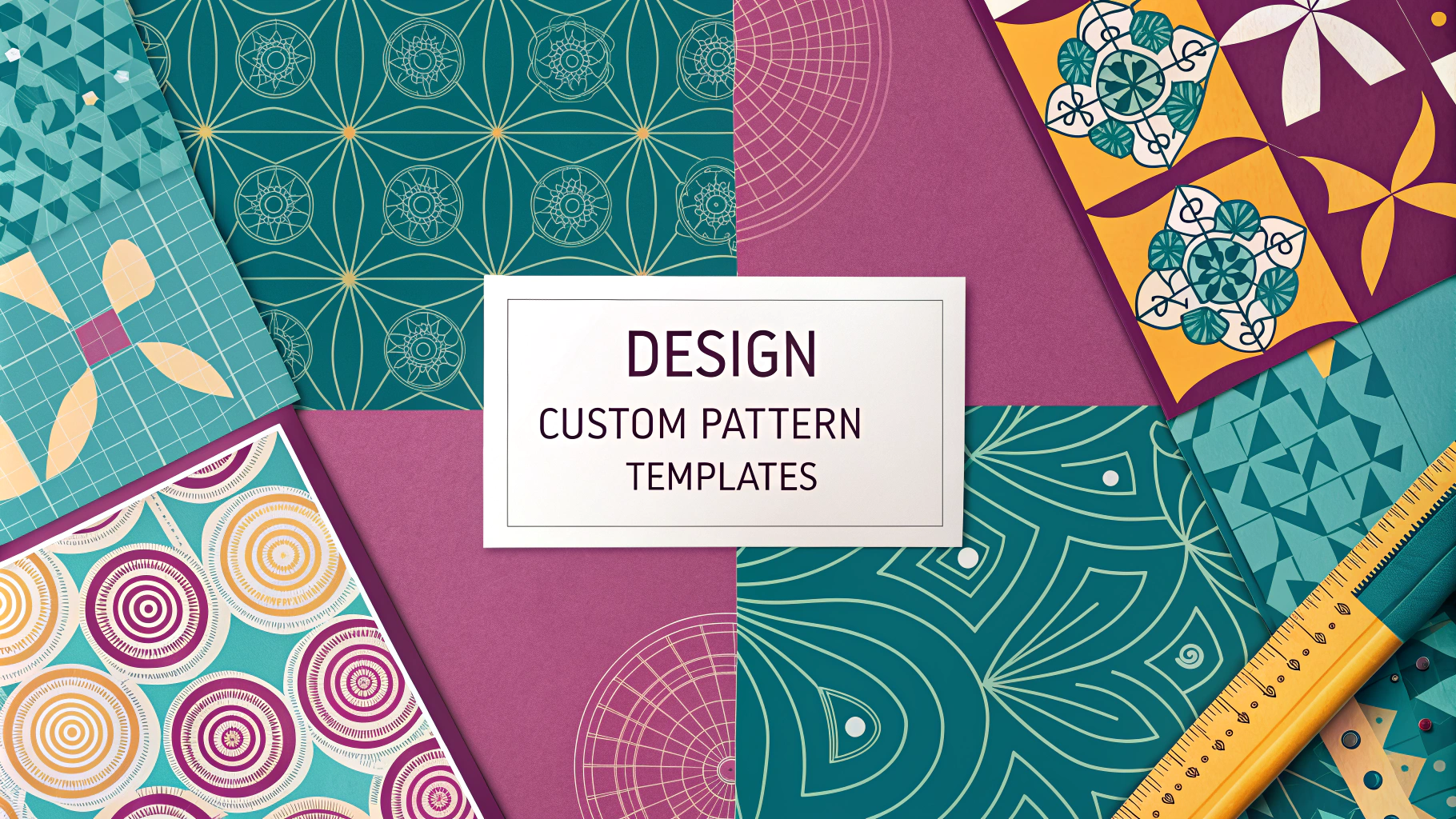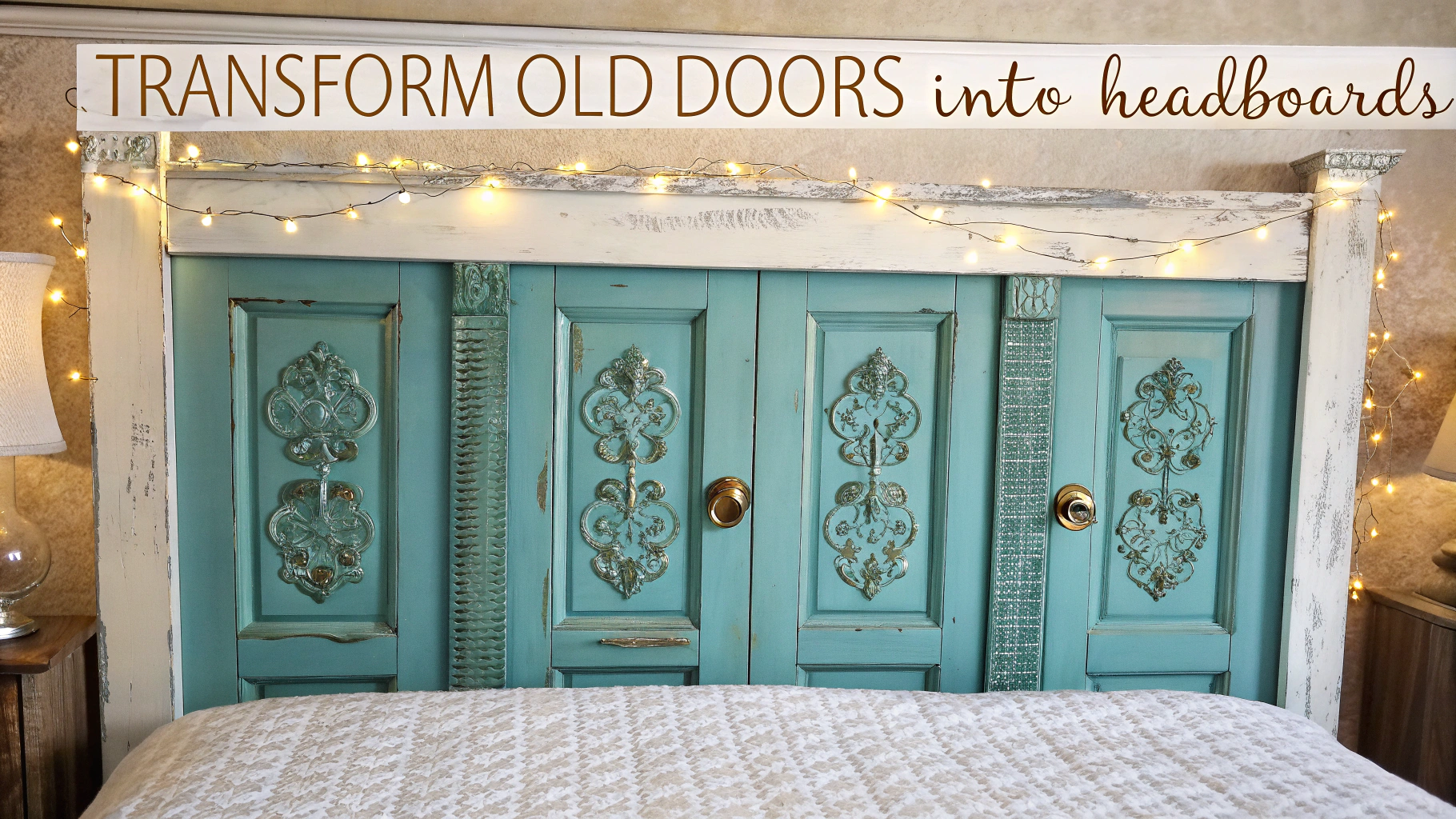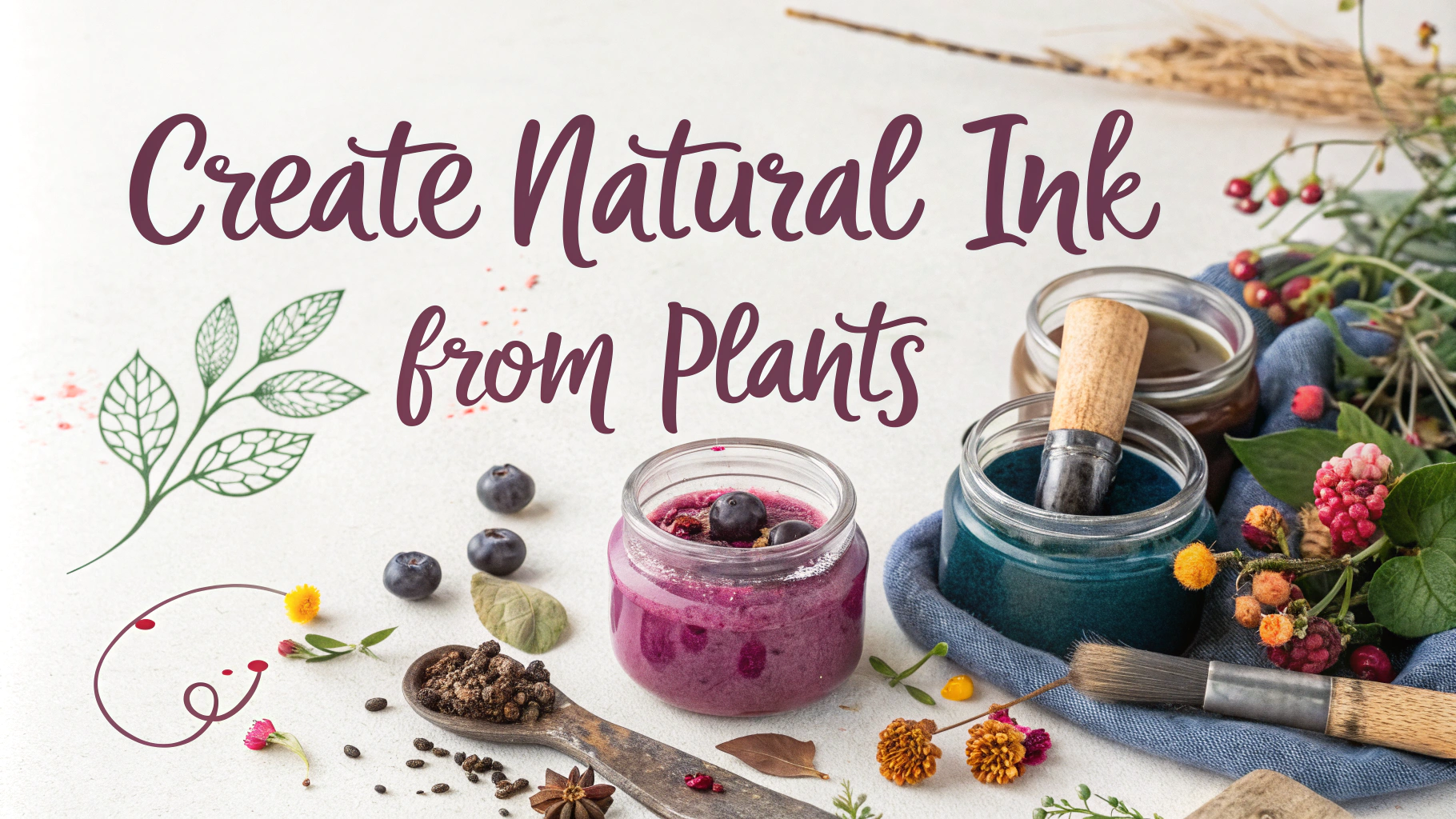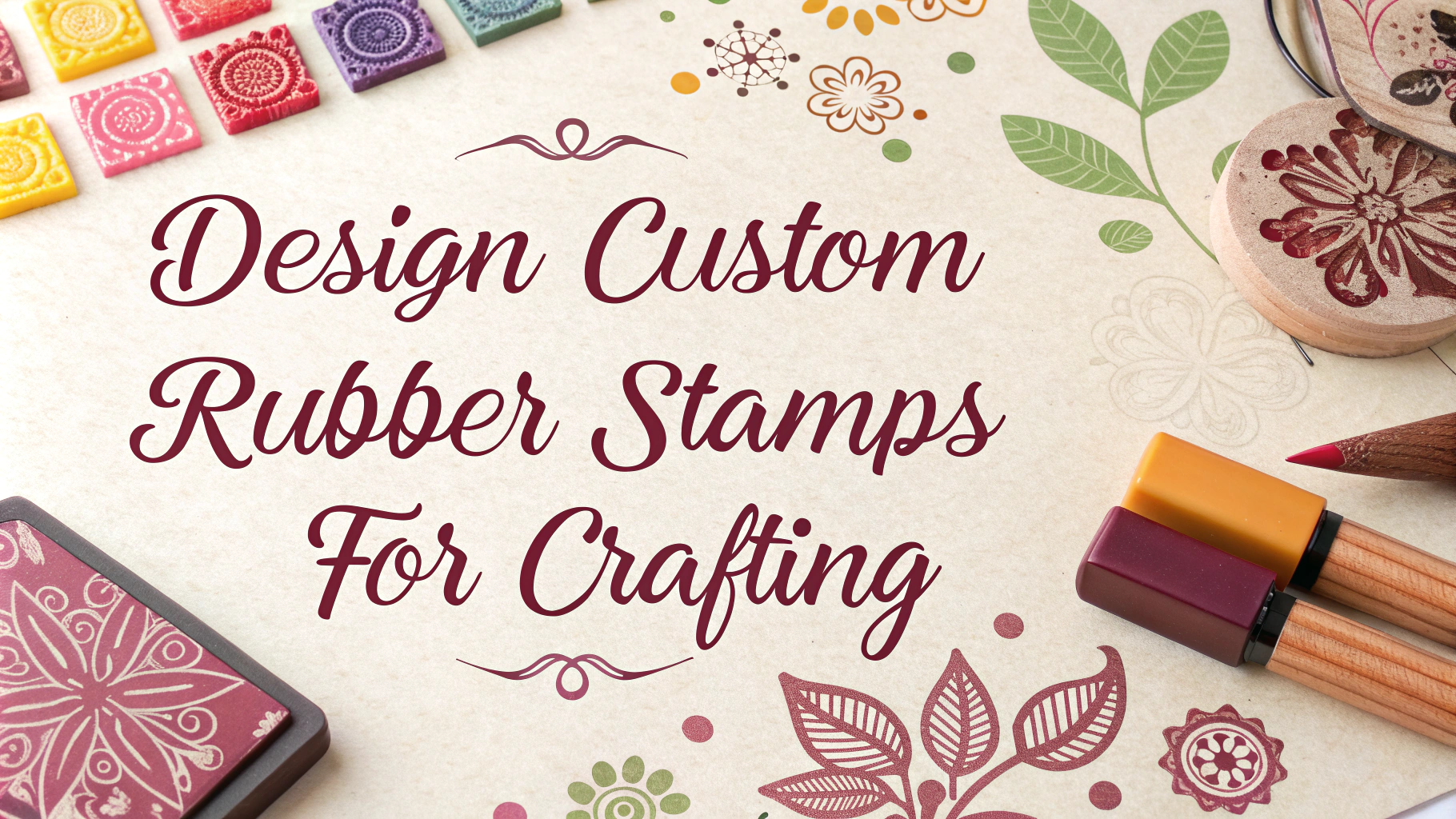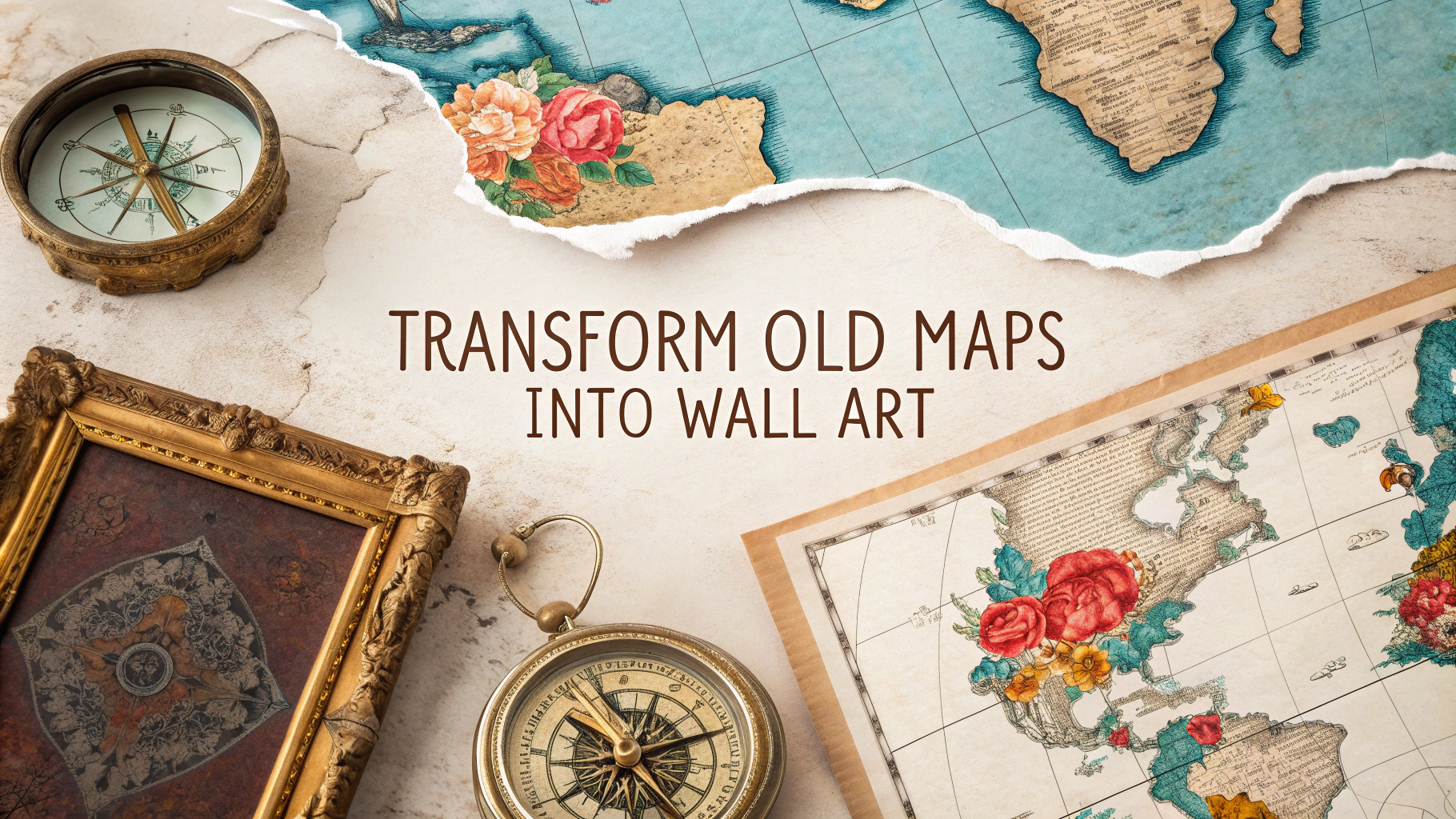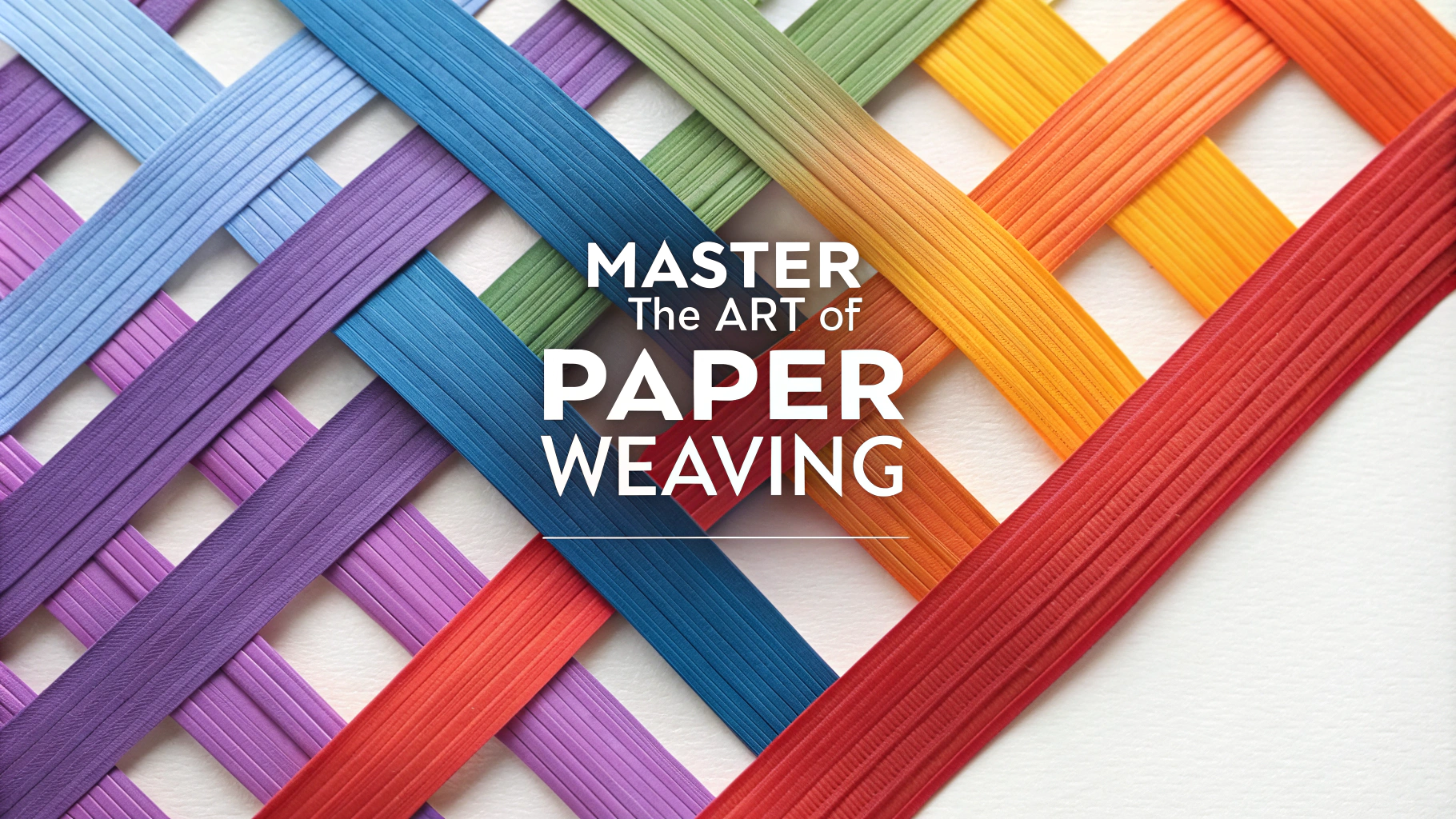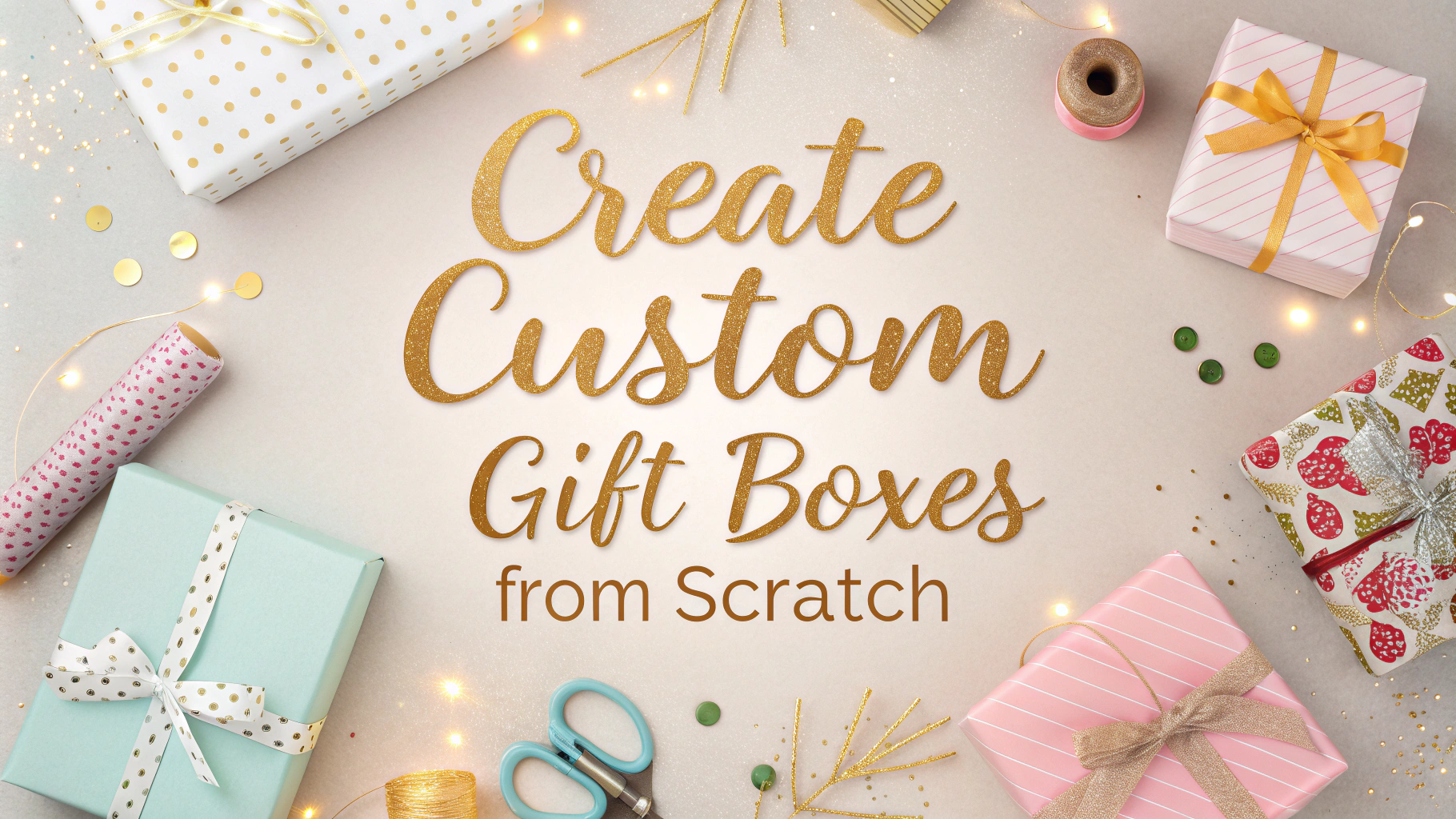Creating eco-friendly art doesn’t mean compromising on quality or creativity – this guide walks through the best sustainable craft supplies that perform as well as (or better than) conventional options.
Natural Drawing & Painting Supplies
- Graphite Pencils: Look for FSC-certified wood and natural graphite options from brands like Faber-Castell
- Natural Paints: Earth pigments mixed with gum arabic or egg tempera
- Sustainable Brushes: Bamboo handles with natural fiber bristles
- Paper: 100% post-consumer recycled or tree-free options like hemp paper
Earth-Friendly Adhesives
Natural glue alternatives perform surprisingly well for most craft projects:
- Wheat paste (flour + water)
- Natural rubber cement
- Plant-based glue sticks
- Cornstarch paste
Sustainable Textiles & Fibers
| Material | Best Uses |
|---|---|
| Hemp fiber | Weaving, string art, macramé |
| Organic cotton | Embroidery, quilting |
| Wool roving | Felting, yarn crafts |
Natural Coloring Options
Create vibrant colors using plant-based dyes:
- Turmeric = yellow
- Beet juice = pink/red
- Spinach = green
- Coffee/tea = brown
Upcycled Materials
Transform these common items into craft supplies:
- Glass jars → paint holders, organizing tools
- Cardboard → project bases, paper making
- Old fabric → quilting, collage
- Newspaper → papier-mâché
Eco-Friendly Brands to Try
- Arteza: Sustainable art supplies, recycled materials
- Eco-Kids: Natural modeling dough, crayons
- Sprout: Plantable pencils
- Natural Earth Paint: Non-toxic paint powders
Storage Solutions
Organize supplies using:
- Mason jars
- Bamboo organizers
- Upcycled containers
- Natural fiber baskets
Disposal Tips
- Compost natural fibers and paper
- Recycle appropriate containers
- Save scraps for future projects
- Share leftover supplies with other crafters
Where to Shop
- Natural Earth Paint
- Arteza
- Eco-Kids
- Local art supply stores (ask about eco-friendly sections)
DIY Natural Art Materials
Create your own sustainable art supplies with common household ingredients:
- Homemade paint: Mix natural pigments with egg yolk or gum arabic
- Natural modeling clay: Combine flour, salt, and water
- DIY stamps: Carved potatoes or cork
- Eco-friendly ink: Steep plants or use berry juices
Best Practices for Sustainable Art
Material Selection
- Choose renewable materials when possible
- Prioritize local sourcing
- Verify eco-certifications
- Research company sustainability practices
Waste Reduction
- Plan projects to minimize waste
- Use both sides of paper
- Create smaller test pieces
- Keep a scrap bin for future projects
Environmental Impact
Choosing eco-friendly art supplies reduces:
- Plastic waste in landfills
- Chemical pollution in waterways
- Carbon footprint from manufacturing
- Deforestation from raw materials
Conclusion
Sustainable art supplies offer creative possibilities while protecting the environment. By choosing eco-friendly materials, creating DIY alternatives, and practicing mindful consumption, artists can reduce their environmental impact without sacrificing quality or artistic vision. Start small by replacing one conventional supply with a sustainable alternative, and gradually build an eco-friendly art practice.
FAQs
- What makes craft supplies eco-friendly?
Eco-friendly craft supplies are made from renewable, biodegradable, or recycled materials, produced with minimal environmental impact, and contain no toxic chemicals or harmful substances. - Which natural alternatives can replace synthetic glue?
Natural alternatives include paste made from flour and water, tree sap-based adhesives, rice glue, and vegetable-based glues made from corn, potato, or wheat starch. - Are recycled paper products as durable as new ones for crafting?
Yes, recycled paper products maintain similar durability to virgin paper products while requiring 60% less energy to produce and reducing landfill waste. - What are sustainable alternatives to traditional glitter?
Biodegradable glitter made from eucalyptus cellulose, mica powder, dried flower petals, and salt dyed with natural pigments are eco-friendly alternatives to plastic glitter. - How can I identify truly eco-friendly craft paints?
Look for water-based paints with natural pigments, zero VOCs (Volatile Organic Compounds), biodegradable ingredients, and certifications like ACMI AP (Approved Product) seal. - What natural materials can be used for craft dyeing?
Natural dyes can be derived from vegetables (beetroot, spinach), spices (turmeric, paprika), flowers (marigold, hibiscus), and fruits (berries, pomegranate) for eco-friendly coloring. - Are bamboo craft tools better than plastic ones?
Yes, bamboo tools are sustainable because bamboo grows rapidly, requires no pesticides, is naturally antibacterial, biodegradable, and more durable than plastic alternatives. - What should I look for in eco-friendly packaging for crafts?
Choose packaging made from recycled materials, biodegradable options like kraft paper, seed paper, or compostable materials, and avoid plastic wrapping and excessive packaging. - How can I store eco-friendly craft supplies properly?
Store in glass jars, recycled containers, or biodegradable storage solutions, keep in cool, dry places, and use airtight containers for natural materials to prevent degradation. - Which eco-friendly alternatives exist for synthetic yarns?
Natural fiber alternatives include organic cotton, hemp, linen, bamboo yarn, peace silk, and recycled yarn made from post-consumer textiles.


